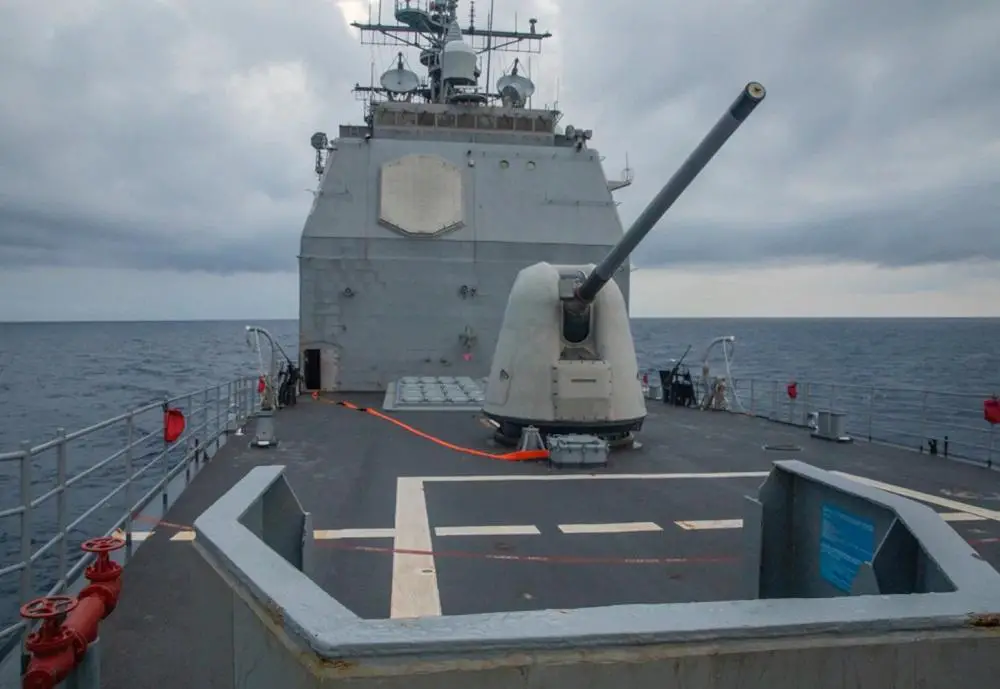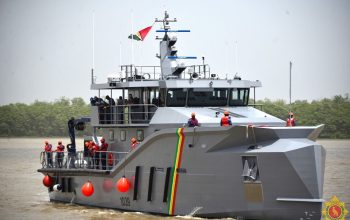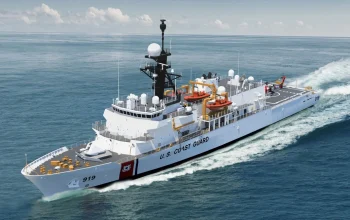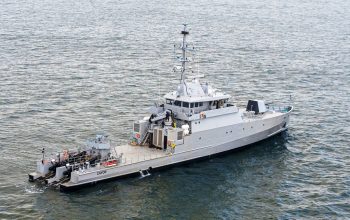Ticonderoga-class guided-missile cruisers USS Antietam (CG 54) and USS Chancellorsville (CG 62) are conducting a routine Taiwan Strait transit August 28 (local time) through waters where high seas freedoms of navigation and overflight apply in accordance with international law. These ships transited through a corridor in the Strait that is beyond the territorial sea of any coastal State. The ship’s transit through the Taiwan Strait demonstrates the United States’ commitment to a free and open Indo-Pacific. The United States military flies, sails, and operates anywhere international law allows.
In response to the US Navy’s latest move, the Chinese People’s Liberation Army (PLA) released a statement saying that their Eastern Theatre Command has carried out security tracking of the two US Ticonderoga-class cruisers. The Chinese People’s Liberation Army (PLA) conducted monitoring of the US warships’ passage in the whole course, and had all movements of the two US warships under control. The troops of the People’s Liberation Army Eastern Theatre Command always stay on high alert and get ready to thwart any provocation, stressed the spokesperson in the end of the statement.
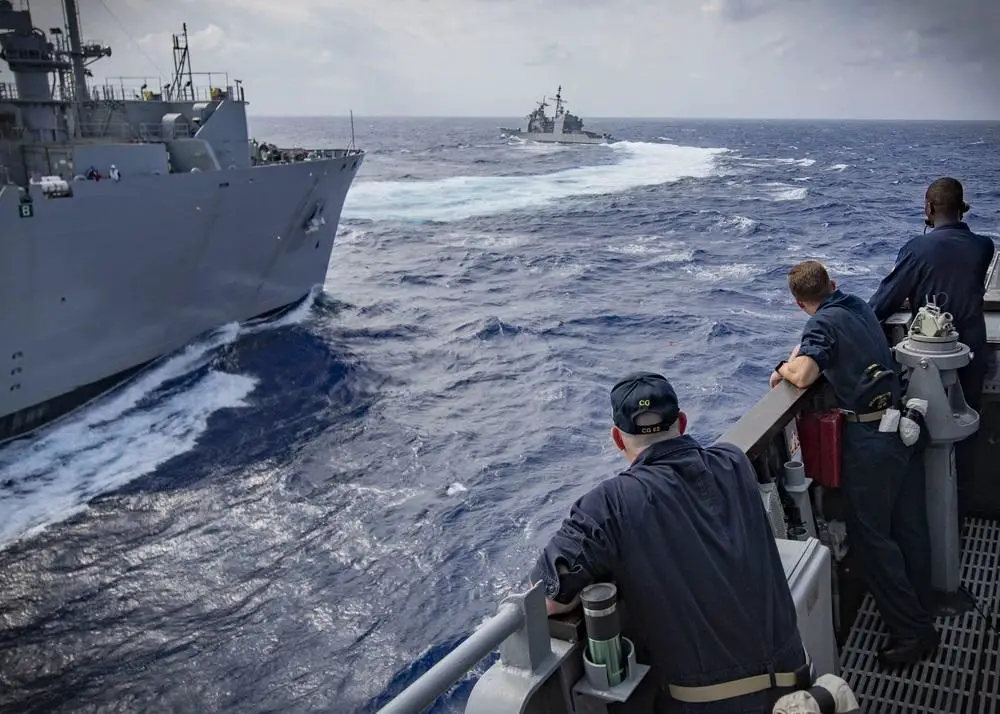
The Ticonderoga class of guided-missile cruisers is a class of warships in the United States Navy, first ordered and authorized in the 1978 fiscal year. The class uses passive phased-array radar and was originally planned as a class of destroyers. However, the increased combat capability offered by the Aegis Combat System and the AN/SPY-1 radar system, together with the capability of operating as a flagship, were used to justify the change of the classification from DDG (guided missile destroyer) to CG (guided-missile cruiser) shortly before the keels were laid down for Ticonderoga and Yorktown. Ticonderoga-class guided-missile cruisers are multi-role warships.
USS Antietam (CG-54) was named for the site of the 1862 Battle of Antietam, Maryland, between Confederate forces under General Robert E. Lee and Union forces under Major General George McClellan, during the American Civil War. USS Chancellorsville (CG-62) is named for the Battle of Chancellorsville of the Civil War, which was a victory for the Confederate States Army. Until 30 December 2011, the ship was operationally part of Carrier Strike Group Seven. In 2010 she was administratively under the command of Commander, Naval Surface Forces Pacific. Currently she is assigned to Carrier Strike Group Five and is deployed to Yokosuka, Japan.
